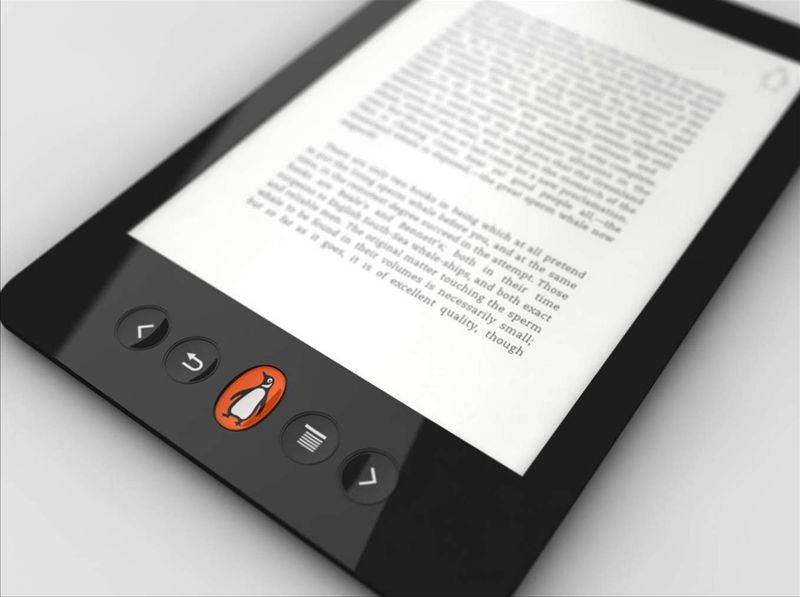Paper Versus Digital (exchange)
Date
First Broadcast Date
8 May 2013
15:00 - 16:00
Venue
Webinar via WebEx
![]() Download Calendar Event
Download Calendar Event
Overview
To reduce the environmental and social impacts and financial costs of paper, many organisations are looking at digital delivery of information. A huge range of paper applications can be replaced by digital alternatives: online newspapers and magazines, ebooks, electronic billing, web banner advertising, digital photography, PDF report downloads and of course emails and computer-based filing systems. But how do the environmental impacts of paper and digital alternatives compare? Is digital greener than paper or does a shift online just displace your footprint, rather than reducing it?
This 40 minute webinar explored comparisons between the impacts of paper and digital applications, reviewed some of the lifecycle studies that have looked at this issue and examined some case studies. Conclusions were drawn - including how carbon footprints are less for digital than paper - and offered some signposts.
Target audience
Environmental and sustainability managers, and those with paper procurement responsibilities in organisations that use large amounts of paper, particularly with a variety of paper users, such as staff, customers, clients or students.
Why attend
This Paper Efficiency Project (PEP) talk will help you work out how to compare the footprints of your organisation's choices to print or to work online. It will help you to take a systematic approach to identifying the different opportunities that digital and paper media present and offer some signposts for assessing the impacts, particularly the carbon footprint, of the different alternatives.
It will include a recent case study by Penguin Books, presented by Meredith Walsh, which demonstrated what needs to be taken into account in comparing the environmental impacts of paper versus digital applications.
Agenda
3.00 Introduction and a review of paper versus digital studies, by EEPN co-ordinator, Mandy Haggith
3.05 Introduction to a method for assessing the carbon footprint of digital alternatives to printed paper products, by Michael Sturges, consultant with Innventia.
3.15 Comparison of impacts of paper and digital, a case study from Penguin Books, introduced by Meredith Walsh
3.25 Questions and answers
3.40 Close
Links
Tools and tips for reducing dependence on paper
European Environmental Paper Network
Video












